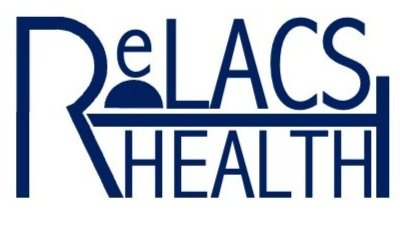What is REM Sleep Behavior Disorder (RBD)?
@andyberkowskimd of ReLACS Health explains the sleep condition called REM sleep behavior disorder (RBD) including what is observed, how it is diagnosed and treated, and the potential causes.
There are generally two distinct types of sleep, one called rapid eye movement (REM) sleep and non-REM sleep. REM sleep is an important stage of sleep in which most dreams occur, with the other hallmark feature being rapid movements of the eyes seen on a sleep study. However, the body's muscles are nearly paralyzed during this stage of sleep so that one does not act out dreams. In RBD, there a problem with the switch in the brain to shut off the muscle movement, and one can become un-paralyzed and begin acting out dreams.
REM sleep behavior disorder is one of the more common parasomnias, or behaviors that occur while one is asleep. Parasomnias can include common sleep-talking or mumbling and sleepwalking. RBD also may show up as vocalizations like sleep talking, but to a much greater extent, even to the point that the person appears to be carrying out a conversation. Very purposeful movements mimicking real life actions like punching or kicking, and more complex patterns such as moving the legs like a bicycle can occur, likely mirroring what is going on in the dream. Unlike in other parasomnias, a person with RBD is completely asleep during these activities, and it could potentially lead to injury of a spouse or bedpartner, or to oneself from flinging a limb into the wall or falling out of bed. Those with RBD may rarely stand up but almost never sleepwalk. The dream enactment occurs more toward the end of the night when REM sleep is more likely to take place.
The diagnosis is made through an assessment of symptoms by a sleep clinician, followed by an overnight sleep study (polysomnogram/PSG) that either captures the dream enactment on video or, more commonly, shows an abnormal degree of muscle activity in the muscle sensors during REM sleep, when the muscles should not be moving at all.
The condition is often associated with conditions like Parkinson disease or similar neurological disorders, and can precede the development of the other symptoms of the condition by many years. However, there are other causes of RBD that can including medications such as SSRIs (antidepressants), though a very rare side effect, and other conditions like narcolepsy type 1 (narcolepsy with cataplexy). Often RBD can occur in middle-aged adults for no apparent reason as well.
Treatment primarily involves safety precautions in the bedroom, including mitigating injury to the spouse or the individual themself (e.g. lowering the bed, padding the ground, moving the nightstand away from the bed, sleeping in a separate bed from the bedpartner, etc.). High-dose melatonin is often used first if behaviors are disruptive enough to warrant medications, followed by stronger prescription drugs like clonazepam (Klonopin®) or other sedatives.
To learn about the use of melatonin in the treatment of RBD:
To learn about the use of clonazepam in the treatment of RBD:
Over time, the condition may worsen, though sometimes it reaches a peak and then improves over months or years. Some of the RBD that is caused by a medication can resolve completely if the offending drug is eliminated.
To read more in depth about sleep and sleep conditions, read A ReLACSing blog:
https://www.relacshealth.com/blog
These videos are for general medical information, but for those who live in or near Arizona, Michigan, Ohio, or Florida, you can hire @andyberkowskimd of ReLACS Health for consultation regarding your own personal sleep health including dream enactment, sleepwalking, or other parasomnias of concern that require a little more time and attention.





